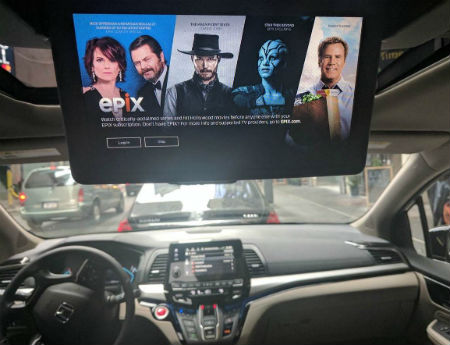Spectrum Alliance Pushes for 5.9 GHz for WiFi
Computer companies and cable operators (collectively the Dynamic Spectrum Alliance, DSA), which backed the FCC's decision to free up the lower 45 MHz of 5.9 GHz spectrum for WiFi, are pushing it to free up the other 30 MHz for WiFi as well.
Related: Stakeholders Signal Support for FCC's 5.9 GHz Item
The alliance was submitting comments in the FCC's proceeding seeking to stimulate use of the 4.9 GHz band given that "no more than 3.5% of potential licensee now use the band.

The band had been reserved for intelligent vehicle communications, but the FCC was looking to free some of it up for 5G and so struck a compromise, freeing up the lower 40 while reserving the upper portion for a combination of V2V technologies--car companies were not happy with the compromise, saying sharing could mean interference with life-saving technologies.
The 5.9 band had been reserved for dedicated short-range communications (DSRC) between vehicles (V2V) but that technology has been slow to roll out and passed in the fast lane by newer technologies, like C-V2X [Cellular Vehicle-to-Everything]. The proposal was a shift from the FCC's initial idea to allow V2V and unlicensed to share the same spectrum.
DSA is telling the FCC it should contemplate moving all those V2V users to the underused 4.9 GHz band, but there would be sharing involved there, too.
"The evolution and surging societal value of WiFi has made the 5.9 GHz band an inappropriate, if not untenable, location for automotive communications services," it said.
The smarter way to stay on top of the multichannel video marketplace. Sign up below.
It is also asking the FCC to use a dynamic sharing system between V2V and public safety, which it says would encourage a more robust market in equipment.
DSA wants the FCC to seek comment on relocating one or both intelligent Transportation Systems (ITS) to the 4.9 GHz public safety band.
Related: Public Interest Groups Seek 5.9 GHz for WiFi
The FCC has set aside at least 20 MHz of the 5.9 GHz band for C-V2X and sought comment on whether to give the other to DSRC or give it all to the cellular-based C-V2X.
DSA members include Amazon, Microsoft, Facebook and Google, and Comcast is a backer.
NCTA-The Internet & Television Association, of which Comcast is the largest member, supported the FCC's balanced approach in the 5.9 GHz.
Contributing editor John Eggerton has been an editor and/or writer on media regulation, legislation and policy for over four decades, including covering the FCC, FTC, Congress, the major media trade associations, and the federal courts. In addition to Multichannel News and Broadcasting + Cable, his work has appeared in Radio World, TV Technology, TV Fax, This Week in Consumer Electronics, Variety and the Encyclopedia Britannica.

